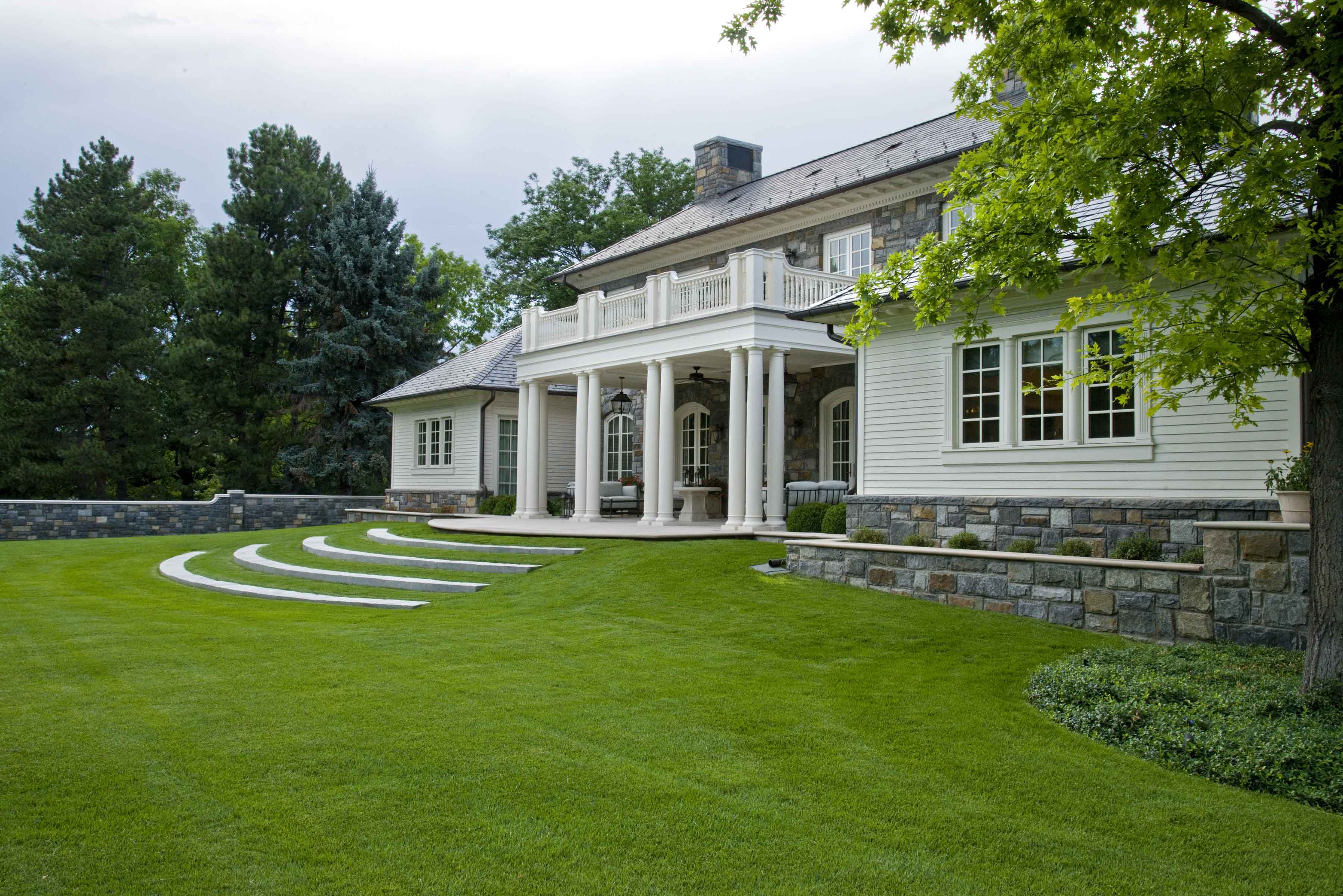Magical Fall Mums
Bring your fall garden to life!
For trusted expertise and superior results,
find a landscape professional near you.

Fall is the primetime for lawn and landscape care because the work you complete now, directly impacts your yard’s springtime health. If you don’t know where to start, let the professional lead the way! Here are six fall lawn care tips directly from the professionals to keep your lawn is top shape.
Scouting
If your lawn has been suffering during this extra hot and humid summer, it’s a good idea to get down on your hands and knees to see what’s going on up close. Does your lawn have grubs feeding on the roots? What weeds are growing and why? Are there diseases present that need to be addressed? Perhaps you recognize something is not right but don't know what. Contact your local landscape professional to diagnose causes of the trouble spots and recommend a targeted solution.
Test
The condition of your lawn can only be as healthy as the chemistry of your soil. Turfgrasses require a balance of nutrients from the soil and should one or more of them be deficient your lawn will not thrive. If you want to perform a soil test yourself, your local nursery or garden center will be happy to provide a soil collection bag that will get you started. Once you have the results, you’ll need to break out the fertilizer spreader and get to work!
Nutrients
The secret to having a great lawn next year is making sure that you prepare it this fall. After the summer stresses have halted, your lawn is looking to make and store as much food as possible before going to sleep for the winter. Root development will be strong as temperatures drop. Fertilizing during the early fall helps to maximize this important stage of growth. In addition to the routine application of nitrogen and potassium, the results of your soil test will help reveal if you need to apply additional phosphorus, calcium, magnesium, or other important nutrients. One last thing: don’t forget to clean up after yourself! Sweep or blow any fertilizer that lands on your driveway or sidewalk back into your lawn, so it doesn’t wind up in surface or ground water.
Aerification
Everyone knows that farmers cultivate their fields to improve the yield of their crops, but did you know that lawns need cultivation, too? No, you’re not going to plow your lawn under, but a machine called a core aerator will pull a small core of soil from your lawn and deposit it on the surface. Aeration has so many incredible benefits that it’s regarded as the single best thing you can do to your lawn all year. Aeration relieves soil compaction, improves soil/atmosphere exchange of gasses, improves water infiltration, stimulates root growth, stimulates the reduction of thatch, and provides a microclimate for the germination of grass seed
Overseeding
Turfgrass researchers are developing new turfgrasses that are more drought and heat resistant, use less fertilizer and water, as well as resist pests naturally. And just like younger athletes outperform the retiring veterans, new grass plants will keep your lawn vigorous and healthy. Following aerification, simply broadcasting seed over the surface of your lawn will introduce these new grasses where they will find safe harbor in the aeration hole to germinate and develop. This is an inexpensive and quick method to take advantage of open soil when the weather is in your favor for good turfgrass growth.
Mowing
More great lawns are ruined by bad mowing practices than anything else. Forget what the local golf course looks like unless you’re prepared to buy a $60,000 mower and work on your lawn every day of the week. It’s not attainable nor is it necessary. Most species of turfgrass grow best at 2-3 inches. Any taller and the turfgrass will lay over and create conditions for disease development, but any shorter and the turfgrass cannot make enough food for healthy growth. The bottom line is never remove more than one-third of the height of the lawn with any one mowing. And of course, make sure your blade is sharp!
Leaves
If you live in a part of the country with lots of trees, your autumn is full of raking leaves! On the one hand, tree leaves have the potential to damage your lawn should they remain too long, get wet and become matted down. This will smother the grass and create a void that weeds can exploit. On the other hand, tree leaves can be a great source of organic matter for your lawn. Using a mulching blade on your mower to chop up the leaves into small pieces will allow them to fall to the surface where they’ll decompose and be incorporated into the soil. Best of all, it’s free!
Your local landscape professional can offer additional ideas and suggestions to make the most of your outdoor living space.
Photo courtesy of Lifescape Colorado, Denver, CO, a member of the National Association of Landscape Professionals.
We recently updated our Privacy Policy. By continuing to use this website, you acknowledge that our revised Privacy Policy applies.